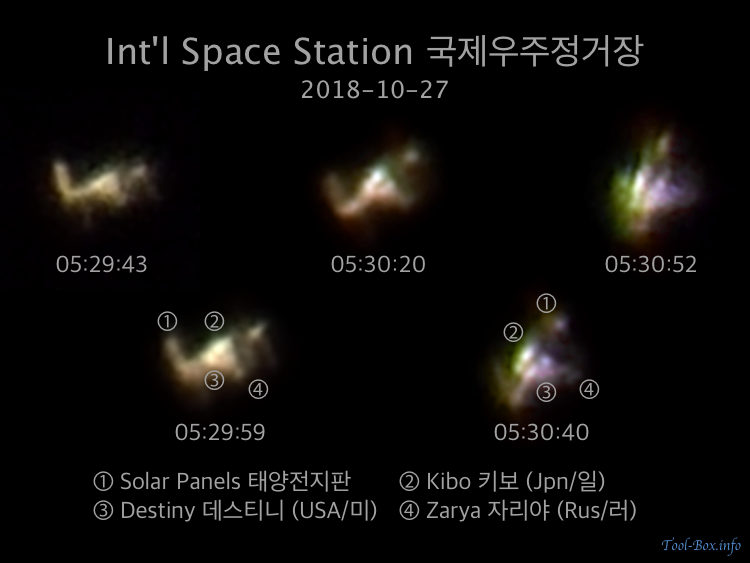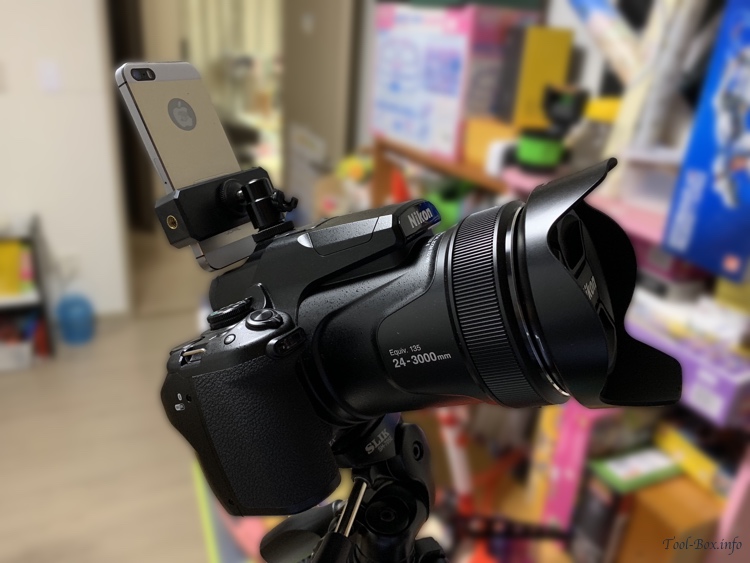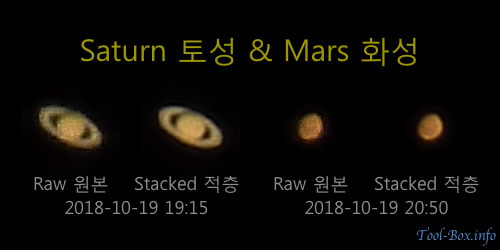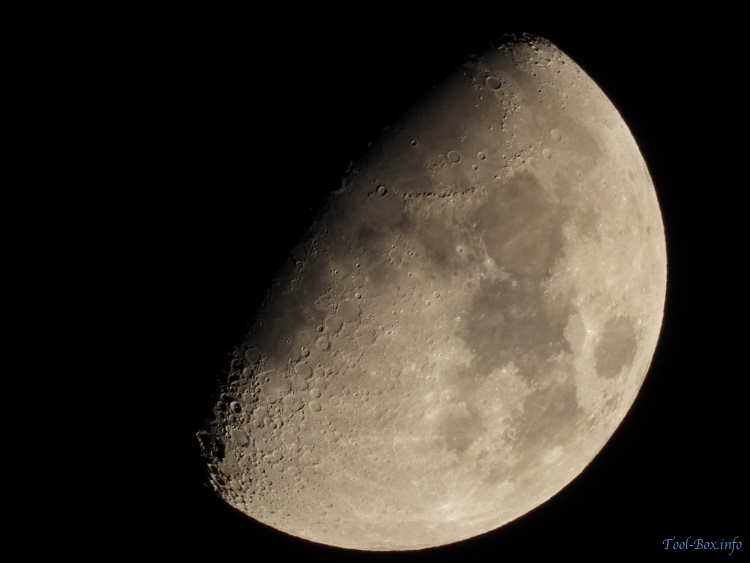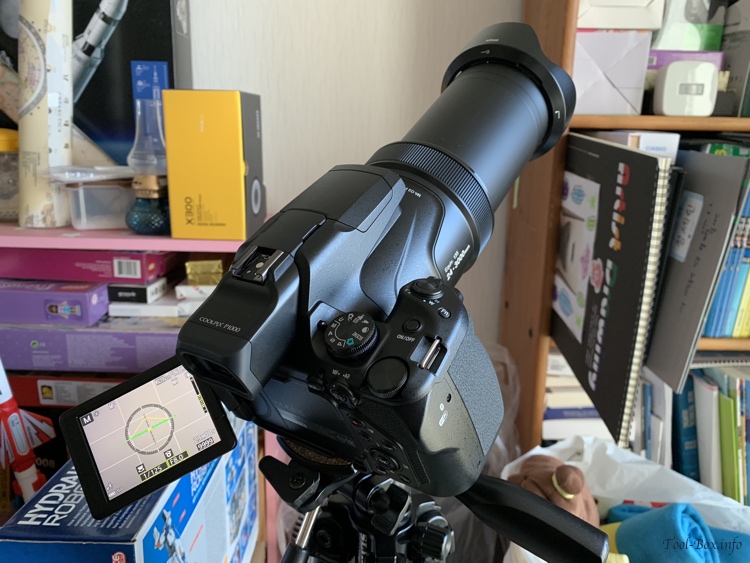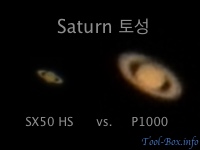Tracking the ISS with Nikon P1000
Posted by Wesley onNext target I've been eyeing to take some photos of using the powerful zoom provided by the Nikon CoolPix P1000 camera was the International Space Station. Although it's a fast-moving target, I have experience with other equipment and the P1000's zoom should be sufficient enough to let me distinguish major features under ideal conditions, similar to the photos I took using a telescope. One such pass happened on October 26, coming in as close as 410km, but the thick clouds prevented me from taking the shots. Luckily, a slightly worse backup opportunity (closest approach of 572km) happened just a day after and I made the best of it - what you see above is the result.
As it was the case with SX50 HS, tracking the station is nearly impossible with just the integrated screens on the camera. So I enlisted the help of an iPhone mounted on the camera's hot shoe. It was very effective and I was able to take an unbroken sequence of the space station for more than a minute, until it went out of my view. If you want to see the whole thing, watch the video below. I think it was good for a first try with a new camera. More opportunities are to follow in the coming weeks, so stay tuned.
Device: Nikon P1000
Settings: 3000mm - ISO 100 - 1/320s - f/8
Filters: None
Time: 2018-10-27 05:29-05:31 KST
Location: Naju, Korea
78 photos processed with PIPP 2.5.9 and RegiStax 6.1.0.8
